This page may contain affiliate links, which means I will make a small commission for products purchased through my link.
This quick and easy homemade spicy hummus recipe combines two cultures in one smooth and creamy dip! A classic middle eastern hummus recipe meets Korean red pepper paste (gochujang) for a homemade hummus so good, you’ll never want to buy store-bought versions again!
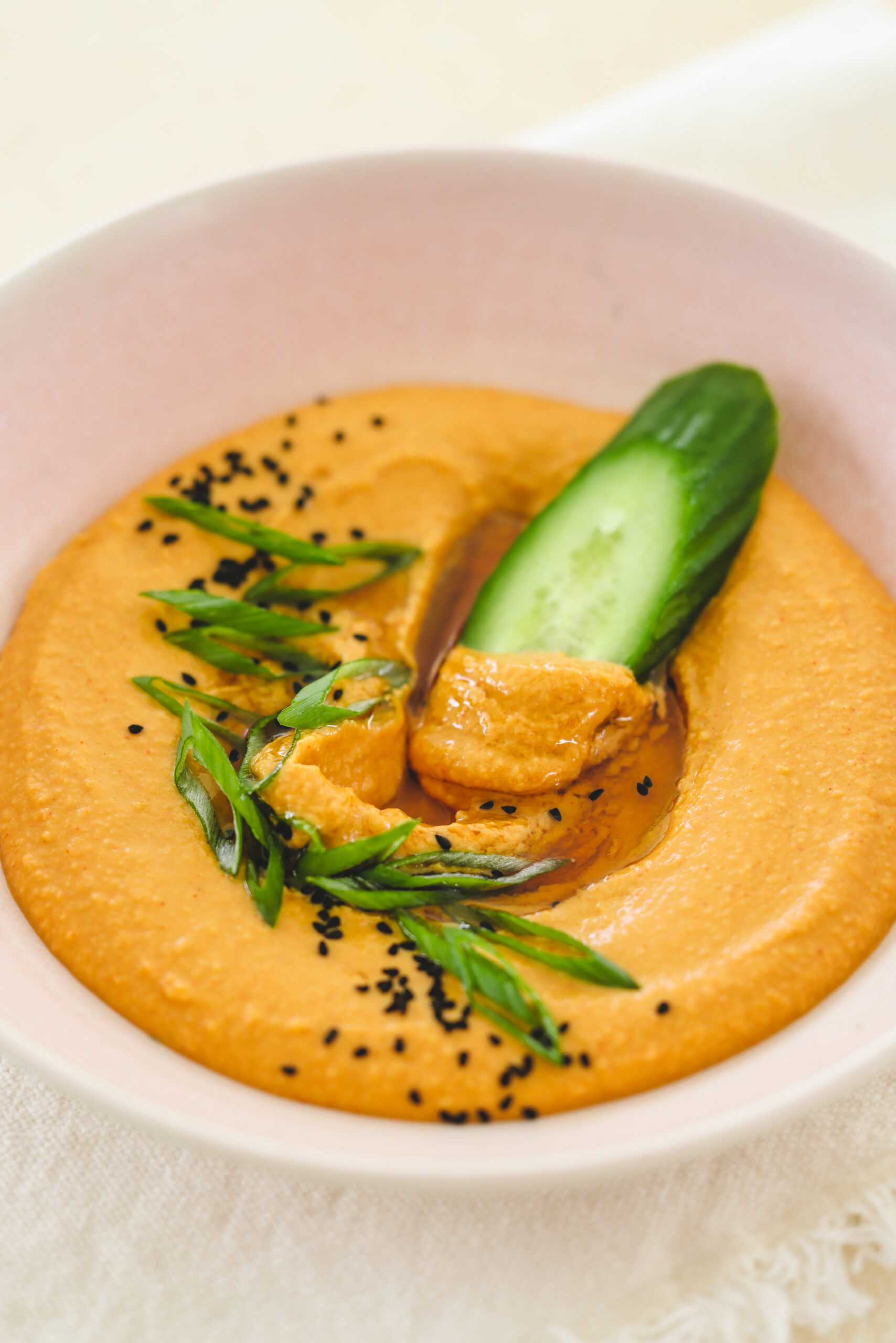
What Makes This Recipe Great
Hummus is one of those condiments that spruces up any meal. It’s so delicious as a topping, a dip, a dressing, and more! And while it is such a popular store-bought dip, you wouldn’t believe how easy it is to make right at home.
Some spicy hummus recipes use hot sauce or peppers or cayenne pepper, but you know how much I love gochujang, so I decided to give this delicious recipe an Asian twist!
All you need are 7 ingredients and 15 minutes to whip up a batch of your own spicy hummus. Serve with homemade crackers, with a crudite of Korean vegetables, or as a sandwich spread. You can’t go wrong!
Ingredient Notes
Hummus ingredients are easy to find and naturally vegan. If you need this recipe to be gluten-free, use my homemade gluten-free gochujang, as most store-bought options contain gluten.
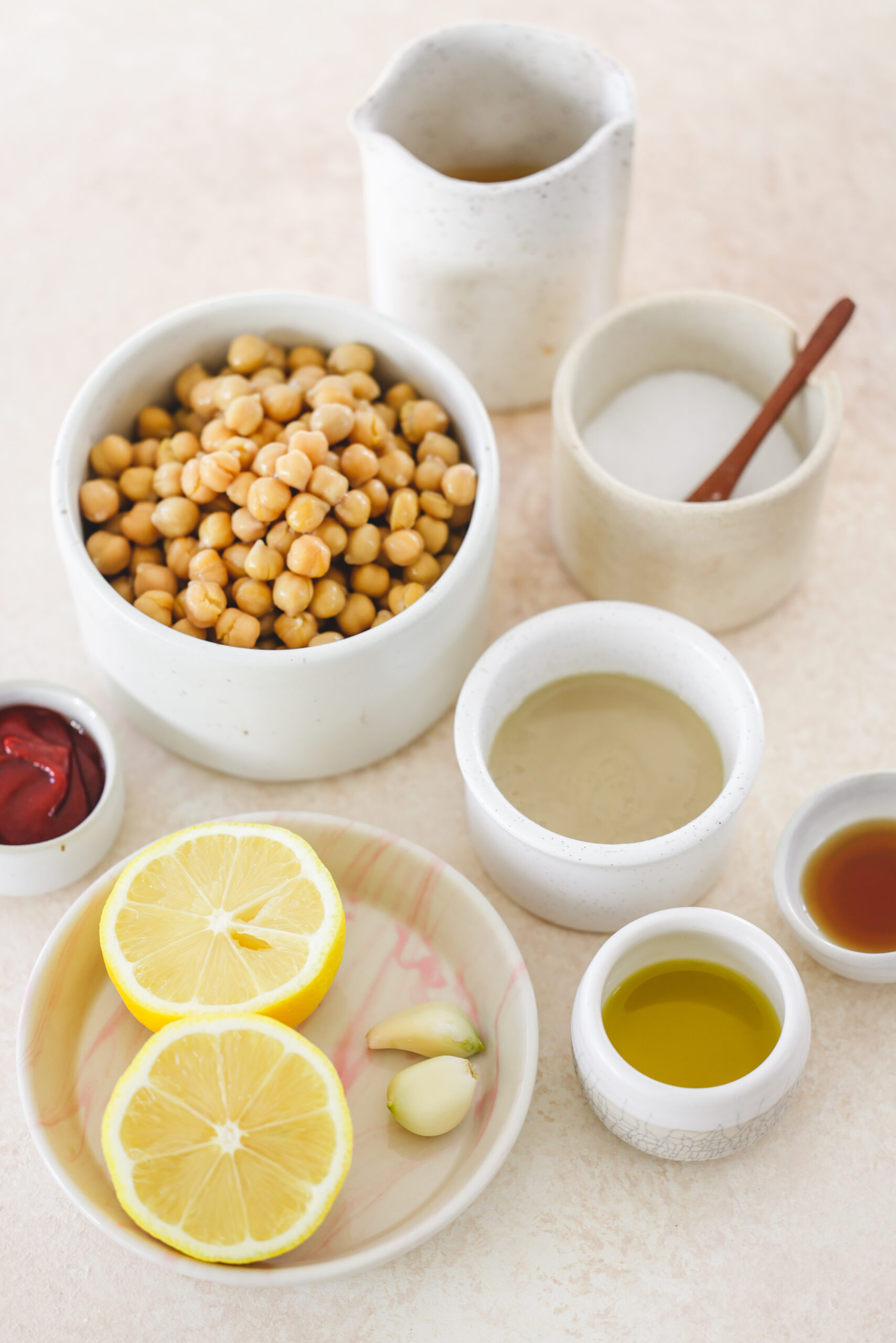
- Canned Chickpeas (garbanzo beans): You will drain and rinse the chickpeas, but save the liquid from the can! You will use it in the recipe at a later step.
- Tahini: Tahini is pretty easy to find in a grocery store. It’s often in the same aisle as peanut butter, or the aisle with international foods.
- Lemon: Freshly squeezed lemon juice is preferred, but a bottle of lemon juice will work in a pinch.
- Garlic: You’ll need fresh garlic cloves for the best flavor.
- Gochujang: This is Korean red pepper paste. You can find this at the store, or make this homemade version.
- Olive Oil: I used extra virgin olive oil.
- Ice Cubes
- Salt
Garnish, optional
- Toasted sesame oil
- Scallions
- Watermelon radish
- Black sesame seeds
Step-by-Step Instructions
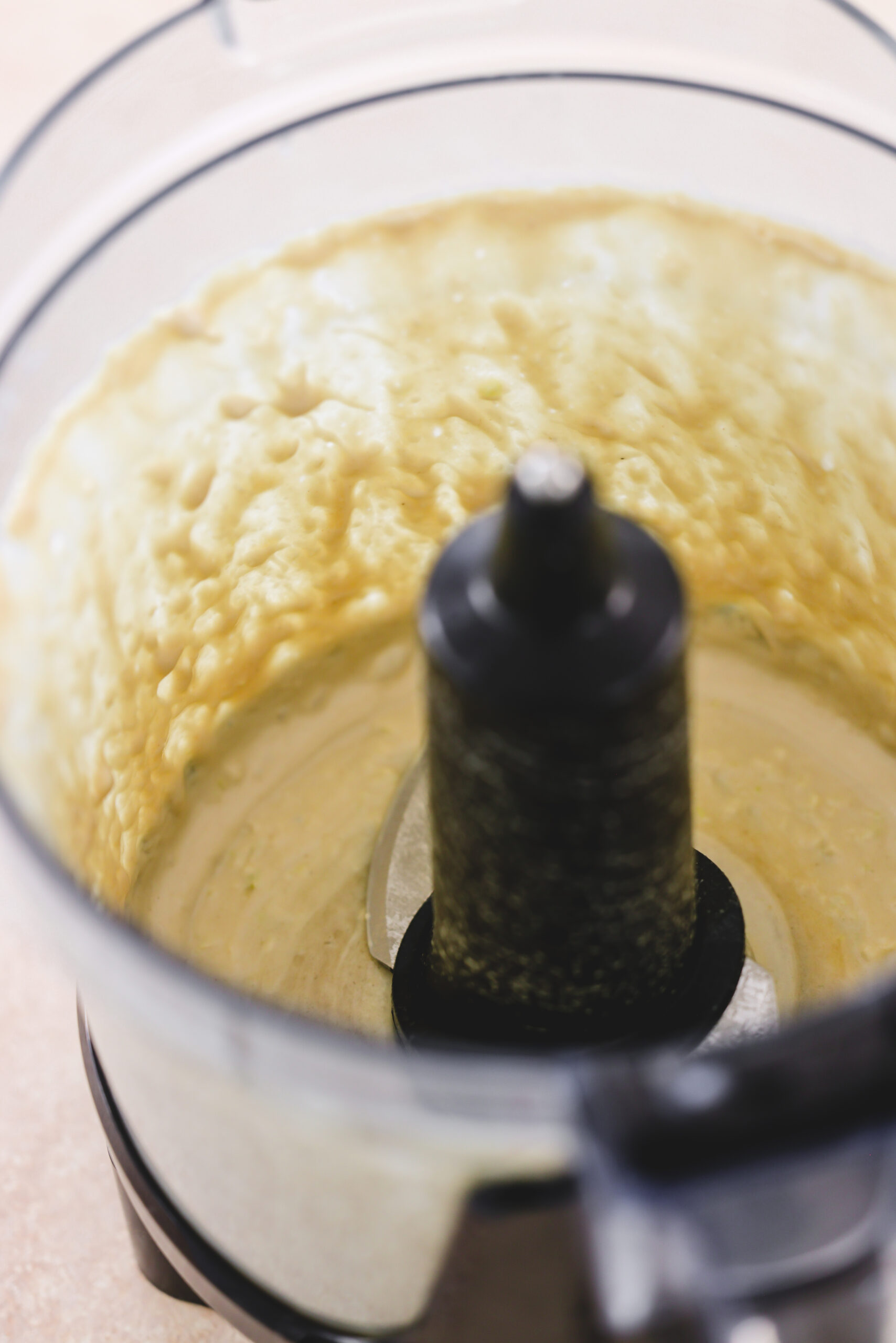
- Drain the chickpeas and reserve the chickpea brine, or aquafaba and set aside.
- In the food processor or blender, add the garlic, lemon juice, 3-4 tbsp aquafaba, and tahini. Process for about a minute. This should help to break down the garlic and also whip up the tahini.
- Add the gochujang and chickpeas and process again until mostly smooth, then stream in olive oil while processing.
- Add ice cubes and process again until fully broken down and incorporated. This helps to slowly add air and moisture to the hummus. You can adjust the texture by adding additional olive oil, or cold water, as needed.
- Once desired texture is achieved, taste and add salt as desired, and additional gochujang, if you’d like. Blend to incorporate.
- To serve, transfer to a bowl and use the back of a spoon to apply light pressure while rotating the bowl with your other hand. This will create a nice groove in the hummus so you can drizzle in toasted sesame oil. Top with desired garnish and enjoy.
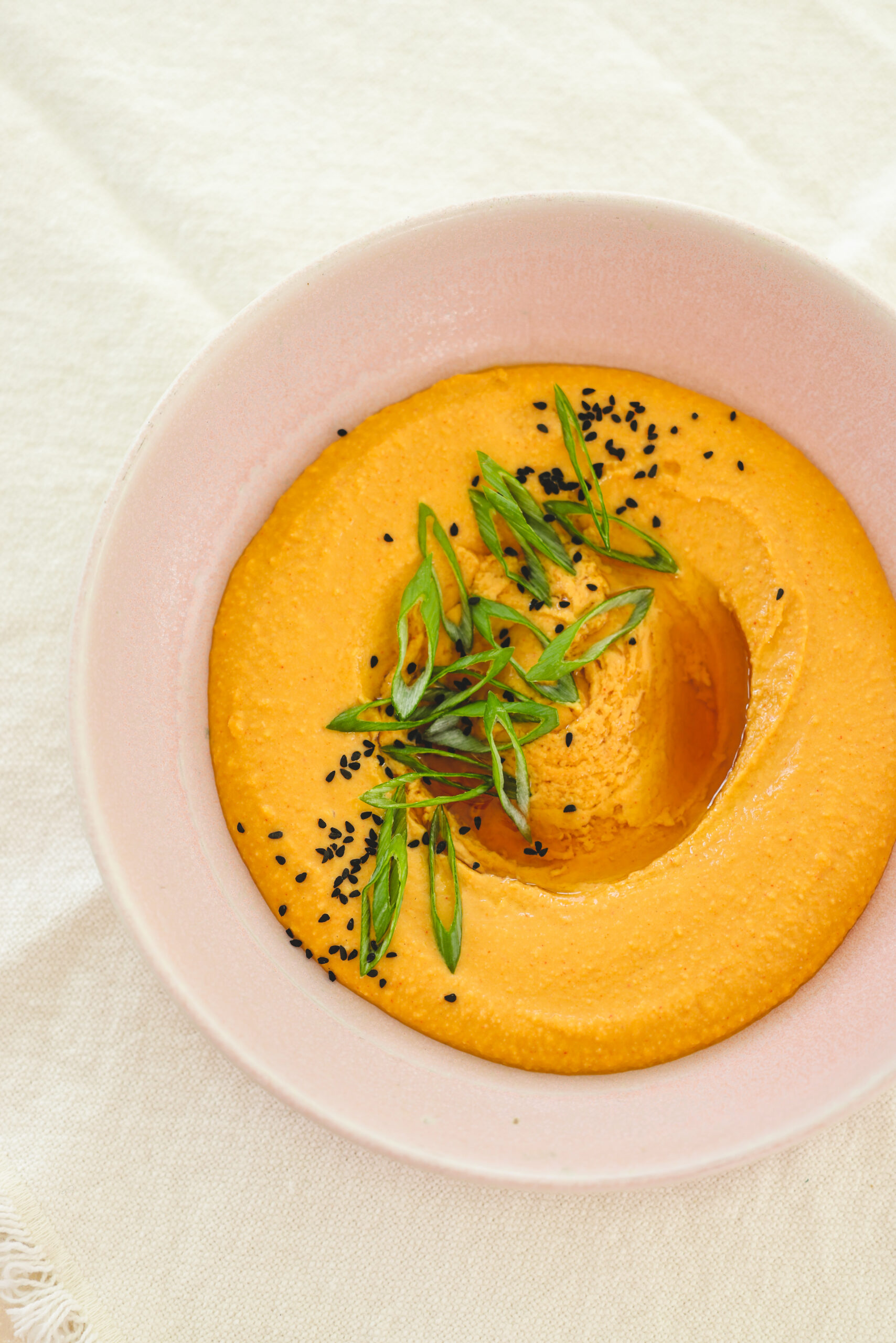
Expert Tips
- In a pinch, you can buy plain hummus, add gochujang, and top it with the garnish for an easy appetizer.
- For thinner hummus, add additional olive oil or cold water
- For thicker hummus, don’t add as much water or olive oil to the food processor.
Serving Tips
- I recommend serving this spicy hummus with crudité of Korean vegetables including raw napa cabbage, carrots, cucumbers, and even spicy green peppers.
- Use it as a spread to make a sandwich, thin it out for pasta sauce, or toss it into a salad.
- You can also serve it alongside some crackers, pretzels, or pita chips!
Storage Tips
- Store it in an airtight container in the refrigerator and eat within 1 week.
- You can also freeze it in a freezer-safe container for up to 3 months. Thaw completely before serving and garnish accordingly.
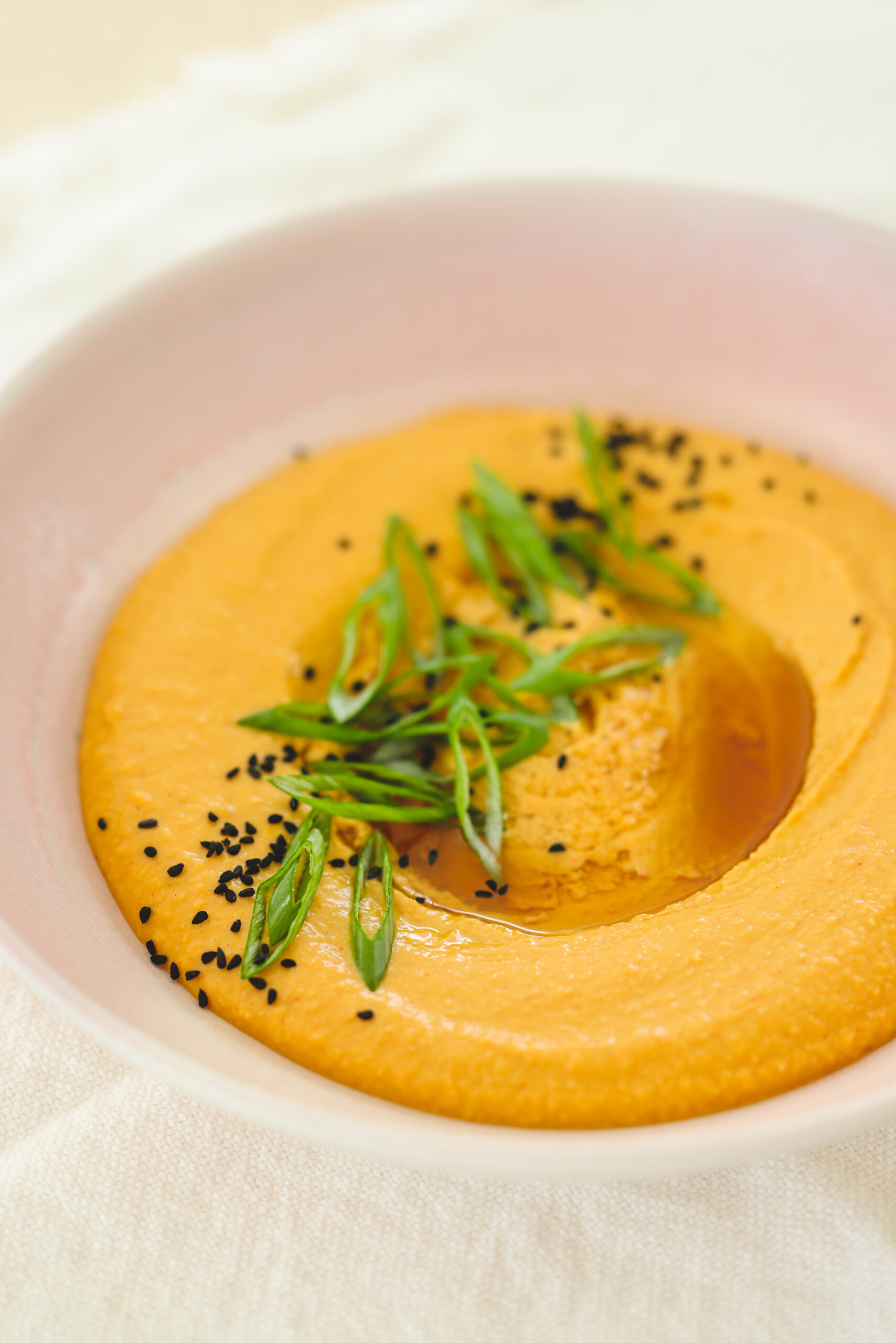
Recipe FAQs
Yes! Chickpeas have a lot of health benefits. They are a great source of vitamins, minerals fiber, and protein. Served with fresh veggies, hummus is an excellent, healthy snack.
If you are allergic to chickpeas or don’t prefer them, you can substitute canned white beans or pinto beans.
Try These Vegan Dips…
If you make this Spicy Hummus Recipe, be sure to let me know what you think with a comment below! Follow me on Instagram for more delicious recipes!
Homemade Spicy Hummus with Gochujang
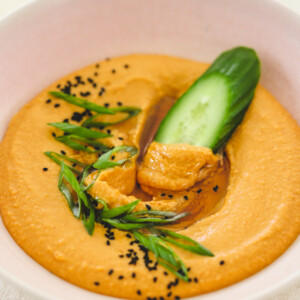
Equipment
- food processor (or use high speed blender)
Ingredients
Gochujang Hummus Ingredients
- 2 cans canned chickpeas 16oz
- 1 lemon juiced
- 1/4 cup tahini
- 1-2 cloves garlic
- 2-4 tbsp gochujang korean red pepper paste
- 2 tbsp olive oil extra virgin
- 4-5 ice cubes
- salt to taste
Garnish
- 1 tsp toasted sesame oil more to taste
- 1 scallion thinly sliced
- 1/2 watermelon radish thinly sliced
- 2 tsp black sesame seeds
Instructions
- Drain chickpeas and reserve the chickpea brine, or aquafaba and set aside.
- In the food processor, add the garlic, lemon juice, 3-4 tbsp aquafaba and tahini. Process for about a minute. This should help to break down the garlic and also whip up the tahini.
- Add the gochujang and chickpeas and process again until mostly smooth, then stream in olive oil while processing.
- Add ice cubes and process again until fully broken down and incorporated. This helps to slowly add air and moisture to the hummus. You can adjust the texture by adding additional olive oil, or cold water, as needed.
- Once desired texture is achieved, taste and add salt as desired, and additional gochujang, if you'd like. Blend to incorporate.
- To serve, transfer to a bowl and use the back of a spoon to apply light pressure while rotating the bowl with your other hand. This will create a nice groove in the hummus so you can drizzle in toasted sesame seeds. Top with desired garnish and enjoy.
Notes
Expert Tips
-
- In a pinch, you can buy plain hummus, add gochujang, and top it with the garnish for an easy appetizer.
-
- For thinner hummus, add additional olive oil or cold water
-
- For thicker hummus, don’t add as much water or olive oil to the food processor.
Serving Tips
-
- I recommend serving this spicy hummus with crudité of Korean vegetables including raw napa cabbage, carrots, cucumbers, and even spicy green peppers.
-
- Use it as a spread to make a sandwich, thin it out for pasta sauce, or toss it into a salad.
-
- You can also serve it alongside some crackers, pretzels, or pita chips!
Storage Tips
-
- Store leftover spicy hummus in an airtight container in the refrigerator and eat within 1 week.
-
- You can also freeze it in a freezer-safe container for up to 3 months. Thaw completely before serving and garnish accordingly.
Nutrition information is automatically calculated, so should only be used as an approximation.
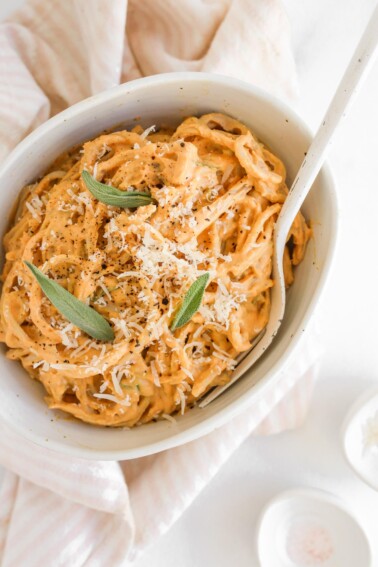
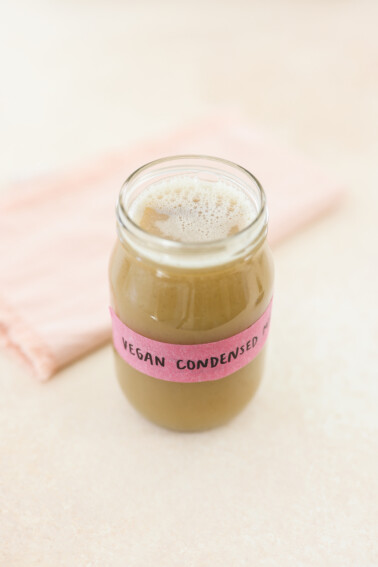
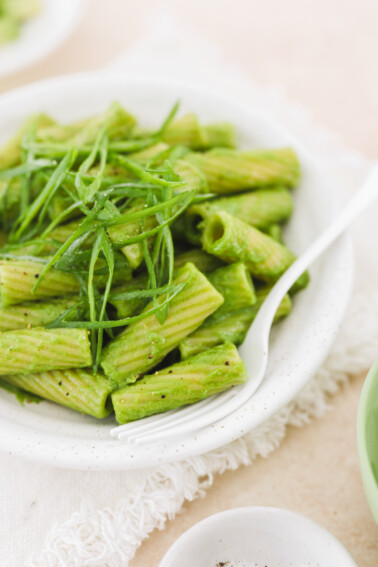
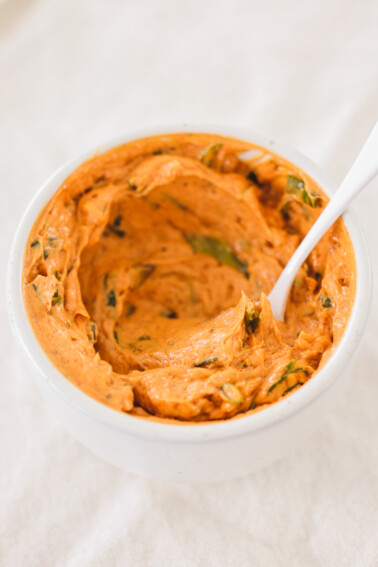
1 Comment